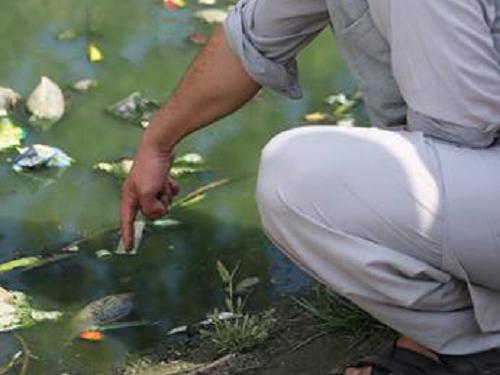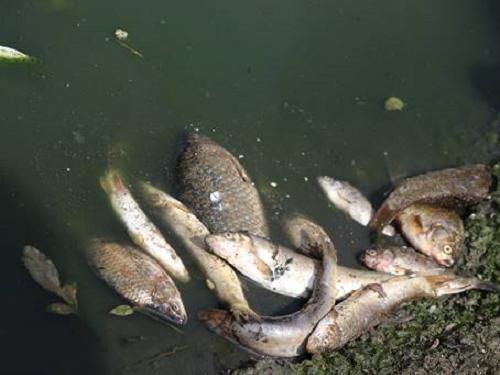Ahmad Farid Habibi
The project aims to study the diversity and distribution of fishes present in the Kabul River, Afghanistan. The cause and level of anthropogenic disturbance deteriorating the river ecosystem and threatening the fish diversity in the Kabul River will be assessed. Moreover, the project will result in educating the general public regarding the importance of fish fauna and freshwater resource through awareness and outreach programs.

Principal Investigator in the field.
In the world, the riverine ecosystem has suffered from intense human intervention resulting in habitat loss and degradation and as a consequence, many freshwater fish species have become heavily endangered. The Himalayan region holds a variety of fish species of which most are cold-water hill stream fishes. Coad (2015) reported that there are 85 species of fishes belonging to 10 families in the landlocked country of Afghanistan. Though several studies on the biodiversity of fishes have been conducted throughout the world, in Afghanistan, such studies are very much limited. In order to preserve biodiversity in a given area, we need to be able to understand how diversity is impacted by different management strategies. No biodiversity indices-based research effort on fish fauna was carried out in Afghanistan and this is the first attempt to carry out the comprehensive biodiversity indices-based description of fish fauna in the Kabul River, Afghanistan.

Hundreds of fish found dead in the study area due to water pollution
The significant conservation output of this project will be establishing the baseline information in the study area on a diversity of fish fauna of different orders, families, and species. Understanding the spatial absence and presence of lives in the aquatic system enable management decision for improvement. For this purpose, the habitat preference of different species in response to land use and pollution will be explored for management interventions. This project will also provide insights into the fish species distribution and response to different ecological functions. The different areas will be mapped to assess the severity of disturbances by developmental activities and other anthropogenic activities which in turn can help proper monitoring in the future.
Furthermore, this project will establish the permanent sampling plots which will ease monitoring in future and can establish the knowledge on changes or the absence/ presence of fishes. The overall important conservation output of this research can help decision makers and managers to institute strong management strategies in conserving the river ecosystem considering the different trophic level. The outcome of the project can be heard to a larger audience and concerned researcher or conservationist through awareness and outreach programs and published e-papers in peer-reviewed journals.